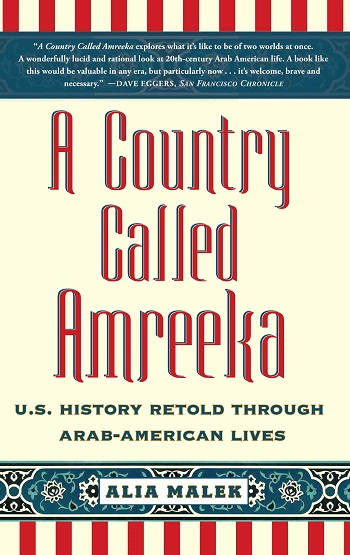She Dared: Malala Yousafzai by Jenni L. Walsh.
Scholastic, New York, 2019.
Elementary/MG biography, 120 pages.
Lexile: not leveled
AR Level: 5.0 (worth 2.0 points) .
A highly problematic youth biography of Malala Yousafzai.

It’s rare that by the third chapter of a children’s book I’m continuing to read only for due diligence. I tend to avoid or delay negative reviews – it’s more fun to write about wonderful books, or try to analyze the ones I feel lukewarm about. Since leaving daily school librarianship in a slight (and given the pandemic, well-timed) rerouting of my career, I haven’t followed Scholastic as closely. It’s no longer part of my professional duties to coordinate book fairs and Scholastic purchases, and in my personal and blog life, I prefer to focus more on smaller publishers and lesser known authors. One of my kids still orders from them though, which is how this book ended up in our house.
A quick glance at the series and it’s obvious that this was an attempt by Scholastic to capitalize on the success of female biography series such as Rebel Girls. Even the name here is a rip off of the She Persisted books. But being derivative isn’t always bad in children’s literature – while these books are less fun for adults to read, simplified plots and repetitive sentences can also help early readers in some circumstances.
What bothered me most about this book is that it was very clearly written for white readers (although it doesn’t state that openly) and panders heavily. If you read Malala’s own books, her perspective involves criticism of her culture – but from a place of deep love, respect, and understanding. For her as a cultural insider to denounce the Taliban and some aspects of traditional life, involves very different nuance than what Walsh uses here.
Continue reading “Review: She Dared – Malala Yousafzai”


